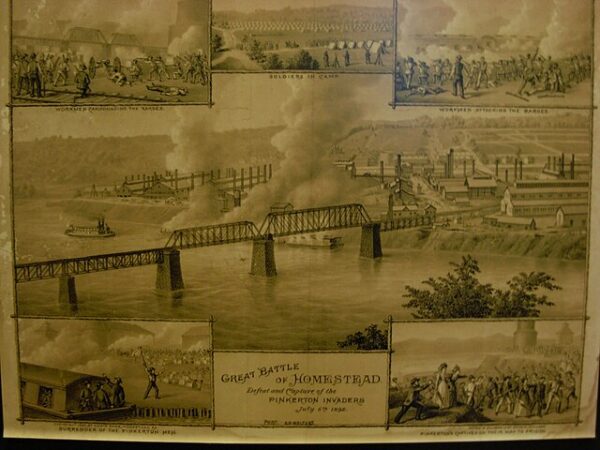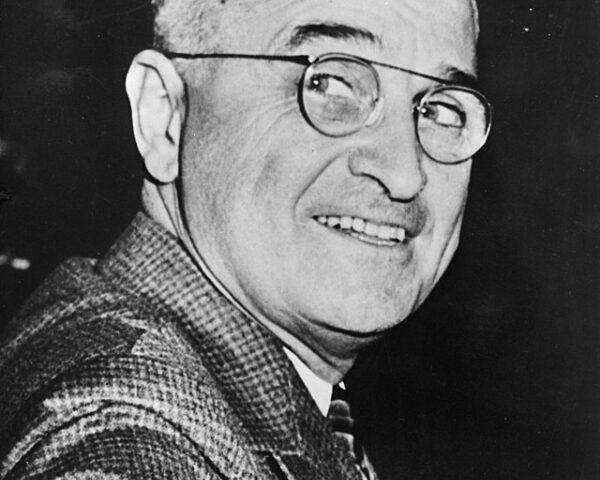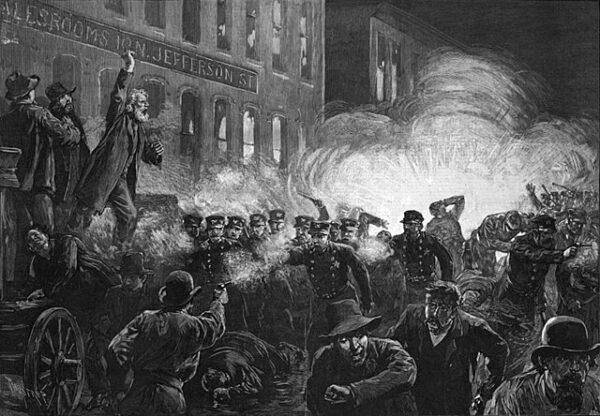Violence erupted in Homestead, Pennsylvania, on July 6, 1892, when a conflict between Carnegie Steel and the Amalgamated Association of Iron and Steel Workers escalated at a plant owned by one of the world’s richest men–Andrew Carnegie. One of the deadliest labor disputes in American history left 12 dead after the striking workers attacked 300 Pinkerton agents hired by the manufacturer as security guards.
“The contract between the union and Carnegie Steel was set to expire on July 1, 1892, Brittanica writes, “and Carnegie, who was in Scotland at the time, gave his operations manager, Frick, carte blanche to break the union ahead of this deadline. Frick opened his campaign by cutting the workers’ wages. The union, understandably, rejected the wage cut. In late June, Frick responded by locking the workers out and building a massive barbed-wire-topped fence around the plant. The workers dubbed the plant “Fort Frick.” On July 2, Frick fired all 3,800 workers, and during the dark early hours of July 6, a force of 300 Pinkerton agents—private security guards hired by Frick—traveled up the river in two covered barges to occupy the plant.
The workers understood that this was the prelude to replacing them with nonunion laborers, whom they called “scabs.” Thousands of workers and their families stormed the plant before dawn and rushed the pier where the guards were trying to dock. Inevitably, shots were fired, and for the next 12 hours, the Pinkertons and the workers exchanged intense fire. Eventually, the workers accepted the surrender of the Pinkertons, who were led off their barges and to the local jail for protection. However, many Pinkertons were savagely beaten by the crowd along the way to the jail, and the barges they arrived on were burned. Later that night the Pinkertons were released and sent away from the town on a train bound for Pittsburgh. At least three Pinkertons and seven workers were killed during the battle and its aftermath.”
Pennsylvania Governor Robert E. Pattison eventually intervened and deployed the National Guard to restore order. With the arrival of the military, the strike gradually lost momentum, and the workers relented. The strike officially ended in November 1892, marking a significant defeat for the labor movement.
The Homestead Strike had far-reaching consequences for labor relations in the United States. It highlighted the deep-rooted tensions between labor and capital during the Industrial Revolution. The strike also led to increased scrutiny of the tactics used by corporations and the growing power of labor unions. While the workers did not achieve immediate victory, the Homestead Strike symbolized their fight for fair wages, better working conditions, and the right to organize.
In the aftermath of the strike, Carnegie Steel sought to rebuild its workforce by employing a more paternalistic approach, providing certain benefits and amenities to appease the workers. However, the bitter legacy of the Homestead Strike continued to shape labor struggles and collective bargaining efforts for years to come, leaving an indelible mark on the American labor movement.
“Homestead resumed operations in full by mid-August 1892, thanks to some 1,700 strikebreakers, including some of the state’s first Black steelworkers,” according to The History Channel.
“Many of the striking workers had returned to work by mid-October, and the union admitted defeat the following month. The strike’s leaders were charged with murder, and others with lesser crimes. None were convicted, but the damage to unionized labor at Homestead had been done. With Amalgamated out of the way, Carnegie slashed wages across the board, implemented a 12-hour workday and cut hundreds of jobs in the years to come.
The Homestead debacle helped turn public opinion against the use of hired help like the Pinkertons in labor disputes, and 26 states passed laws outlawing it in the years following the strike. Carnegie’s own reputation suffered irreparable damage, with critics branding him a hypocrite and a coward for hiding out in Scotland and allowing Frick to do the dirty work.
Still, profits at Carnegie Steel continued to rise as its productivity outpaced its competitors, even as membership in the Amalgamated dropped from more than 20,000 in 1892 to 8,000 by 1895. The Homestead strike broke the power of the Amalgamated and effectively ended unionizing among steelworkers in the United States for the next 26 years, before it made a resurgence at the end of World War I.”





